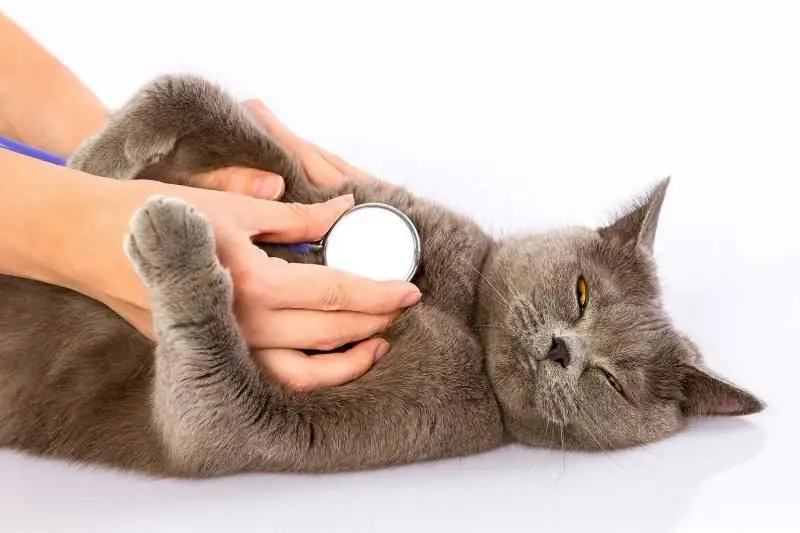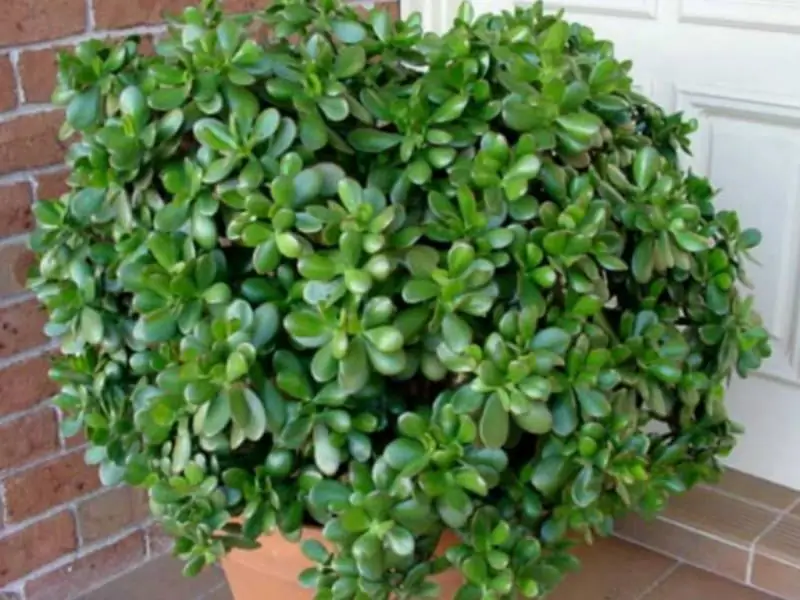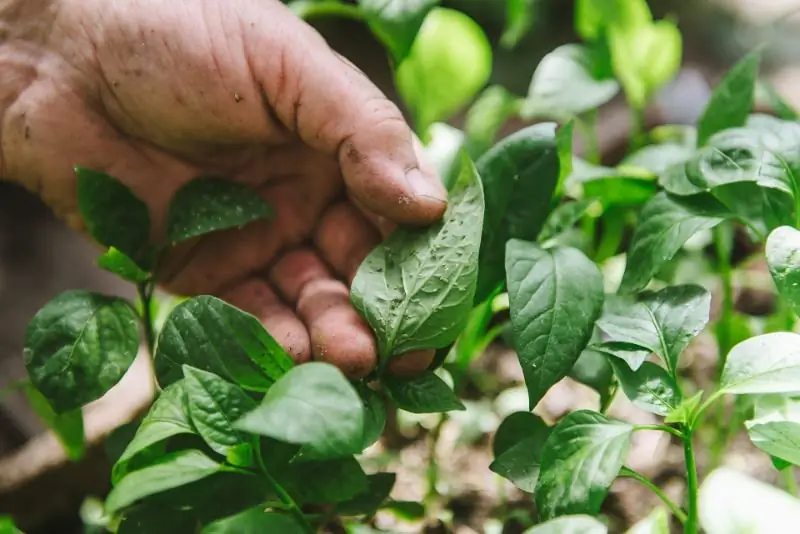
Table of contents:
- Author Bailey Albertson [email protected].
- Public 2023-12-17 12:53.
- Last modified 2025-01-23 12:41.
5 diseases and pests of dill and simple ways to deal with them

It is not difficult to grow aromatic dill, but sometimes even a rich harvest is threatened. Pests and various diseases can quickly destroy greens. In order not to lose fresh stems, it is worth taking simple preventive measures.
Fusarium root rot

In the heat and with high soil moisture, a fungal infection, fusarium, quickly spreads through the garden. It looks like yellowish and brown spots. Slow growth is observed, leaves dry up. As a result, plant tissues are saturated with toxic secretions, the culture dies.
Plants growing in acidified light soil are most susceptible to this disease. If the soil is heavy and clayey, then the occurrence of fusarium is unlikely. In this case, the fungus can be transmitted with insects, for example, with spider mites, aphids, whiteflies.
An important action in the fight against fusarium is the prompt removal of infected plants, the burning of all residues with signs of the disease. After thorough cleaning of the beds from plants with signs of fusarium, fungicides can be applied, for example, "Vitaros", "Fitolavin".
For prevention, it is worth adding dolomite flour or crushed chicken eggshells to the soil when digging. An effective measure is weekly watering the beds with a pale pink solution of potassium permanganate. An infusion of wood ash or onion husks is also useful (about 0.5 liters of raw materials per 3 liters of boiling water).
Wet rot

The disease is characterized by brown spots, signs of decay. Small brownish or grayish-beige spots with a darker brown border appear on the leaves. The lower leaves turn pinkish. The affected areas gradually die off, the dill bush practically stops developing, the greens turn pale.
Heat and high humidity contribute to the development of such a disease. The main prevention is to ensure comfortable conditions, moderate watering. Also, methods that are suitable for fusarium rot can be used to combat the disease.
Carrot gall midge

With carrot gall midge, round thickenings form on the trunk, disrupting the growth and development of culture. Changes in the color of greenery, wilting are possible. Especially often the disease affects inflorescences.
Fighting gall midge is easy. To do this, carefully cut off all the affected elements, burn them and then make sure that the disease does not appear again. If this happens, the procedure is repeated.
Often this disease is confused with lesions of the carrot leaf. This light green insect lays eggs on dill roots. In May of the next year, larvae appear from them, which feed on the juices of the plant. Most often they settle on young and fresh leaves. Because of this, the dill curls rather quickly, “curls”, resembling curly varieties of parsley, then deforms and dries up.
To combat the leaf beetle, it is worth sprinkling a mixture of wood ash, black or red ground pepper, dry tobacco chips on the beds with a thin layer. When planting, you can surround the dill with onion plantings. Insects do not like these greens and will not attack.
Caraway moth

The butterfly itself is practically not dangerous for the crop, but caterpillars do the main harm. They eat inflorescences, buds and seeds, and also braid them with mucus. The umbrella moth works on the same principle.
To prevent insects from harming the dill, you need to cut off the inflorescences in time. If the moth struck them, then such greens are removed and burned along with the cobweb. In the future, you just need to monitor the neighboring plants, because the pests could not spread to them.
Fomoz

As a result of phomosis, depressed brown "ulcers" appear on the roots, the elements become dust. The greens become pale, dry out, and the seeds become covered with dark spots. The disease is often referred to as "dry rot". It occurs as a result of the influence of a fungus, and too dense plantings, wet and warm weather, and infected weeds contribute to its appearance.
To eliminate the disease, you will need to cut off all infected elements and burn them. When collecting seeds, only healthy plants are used, otherwise the new crop will be susceptible to phomosis.
Dill is easy to protect against common diseases. The main thing in this business is to ensure a comfortable microclimate, that is, moderate soil moisture, the absence of weed thickets.
Recommended:
Domestic Cockroaches: How They Look, Reproduce And Grow, Diseases Carried, Harm And Benefit To Humans + Photos And Videos

Domestic cockroaches are uninvited neighbors. Knowing how they look and how they reproduce is important in order to effectively deal with them
Diseases And Pests Of Lemon: What To Do If Leaves Fall, Tips Dry And Others

Diseases and pests of lemon. The main representatives, signs and causes of diseases / lesions. Fight and prevention. Other problems with growing lemon
Dry And Hot Nose In A Cat Or Cat: Causes (a Symptom Of What Diseases And Conditions May Be) Phenomena In Kittens And Adult Animals

In what situations a warm and dry nose in a cat is normal, and when in case of illness. How to understand that a cat is sick. When a doctor is urgently needed. Recommendations
Diseases And Pests Of The Fat Woman: How To Save The Money Tree + Photos And Videos

Features of caring for a fat woman at home: possible problems, their solution, the fight against diseases and pests
Types Of Seedling Diseases And How To Deal With Them

What dangers can lie in wait for your seedlings and how to deal with it
